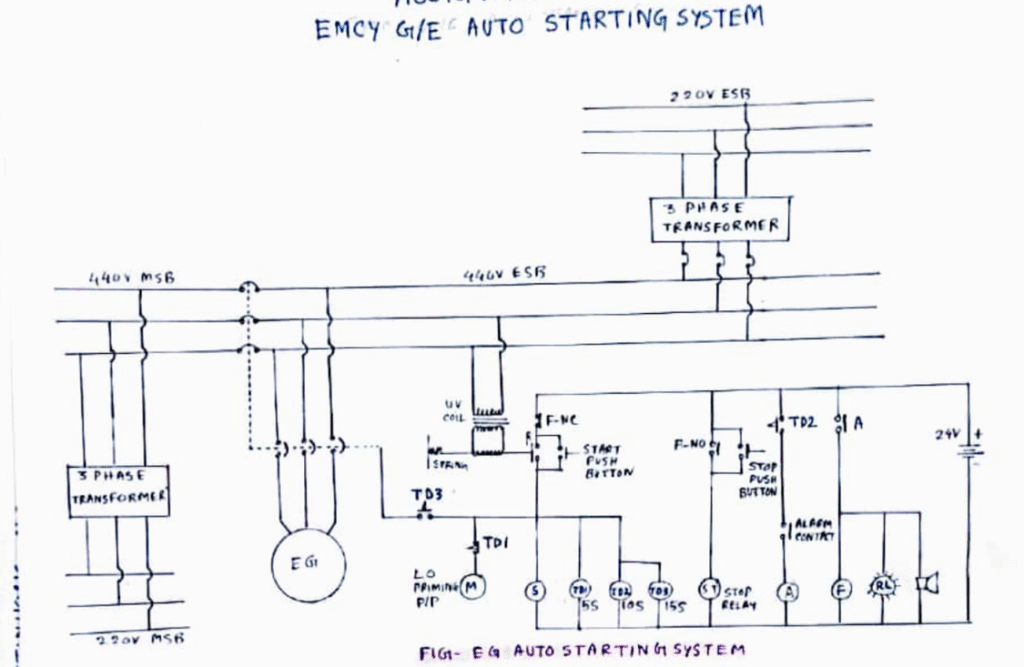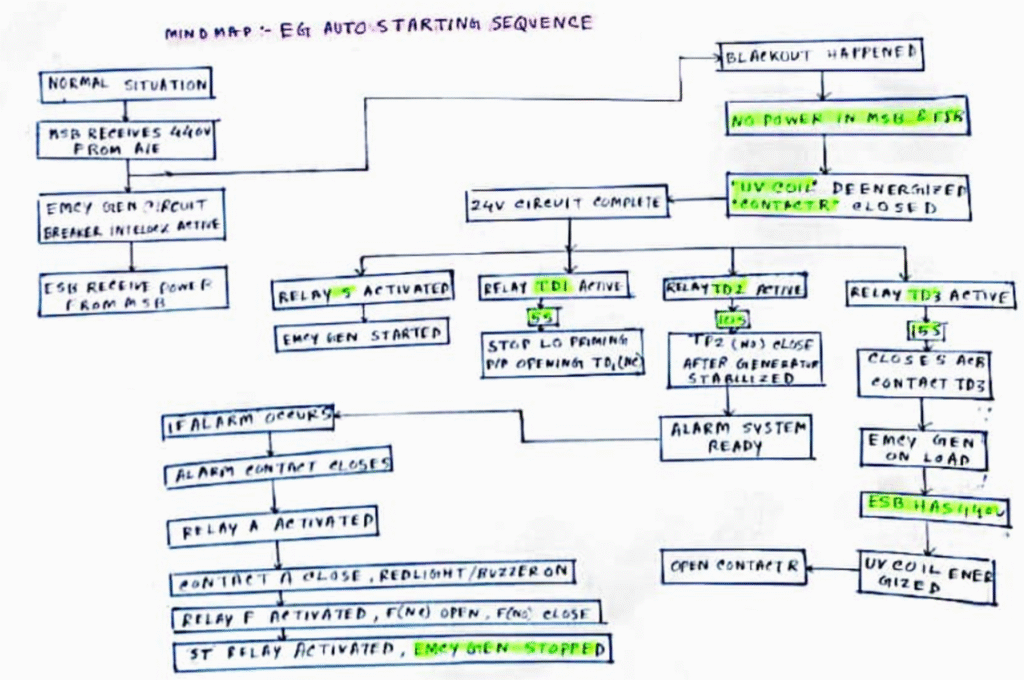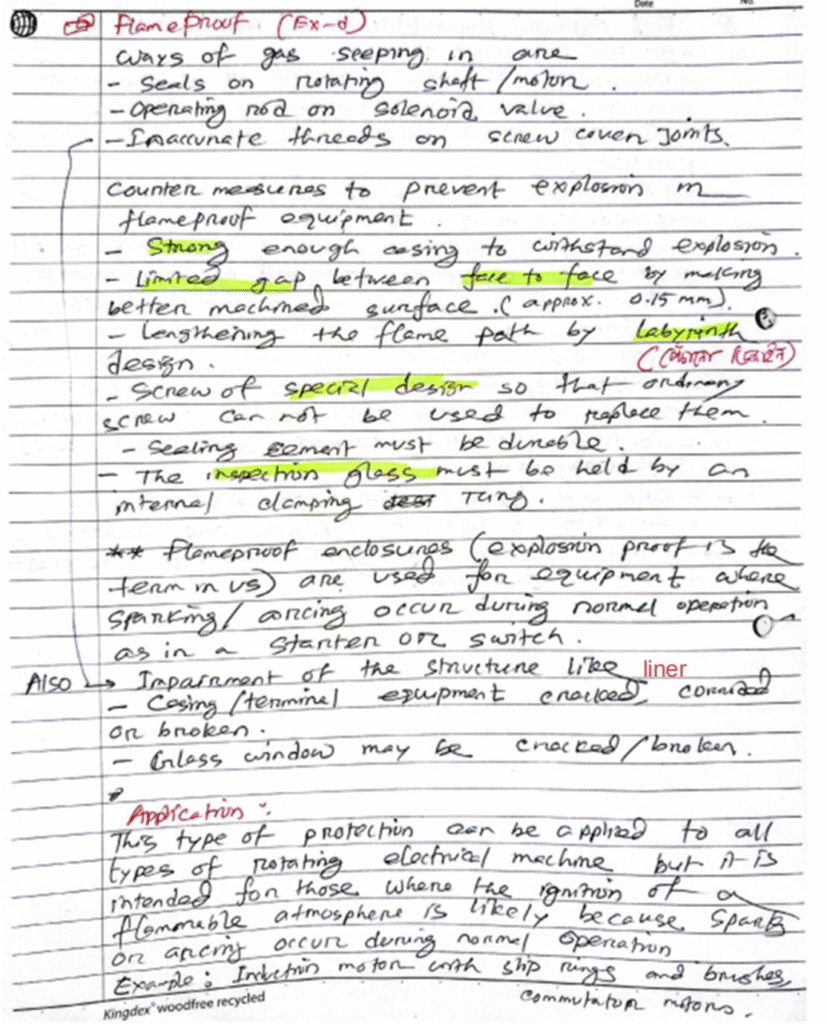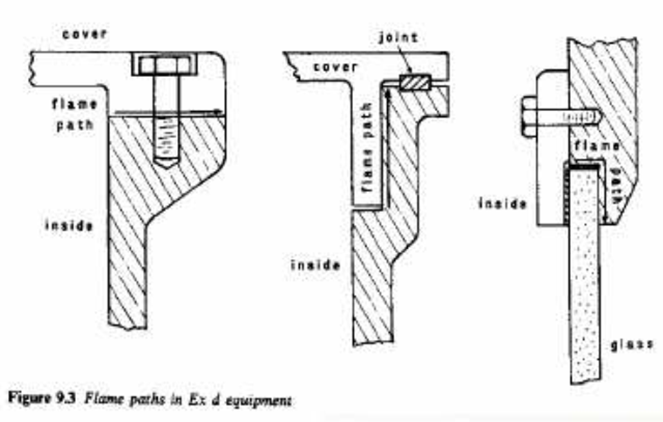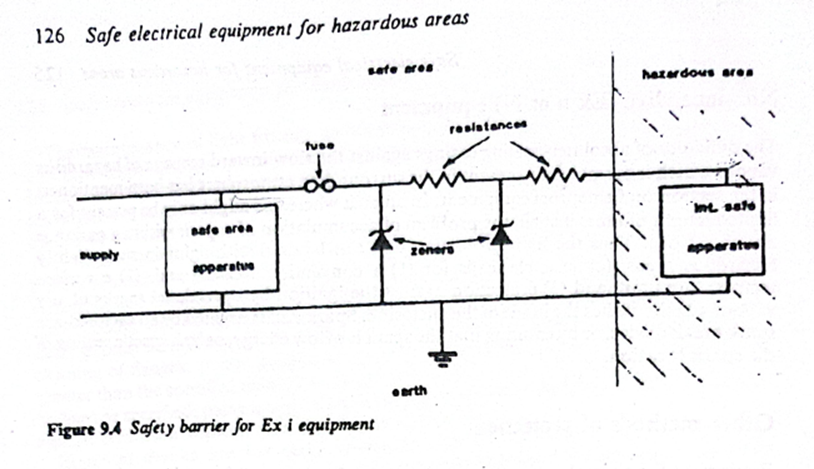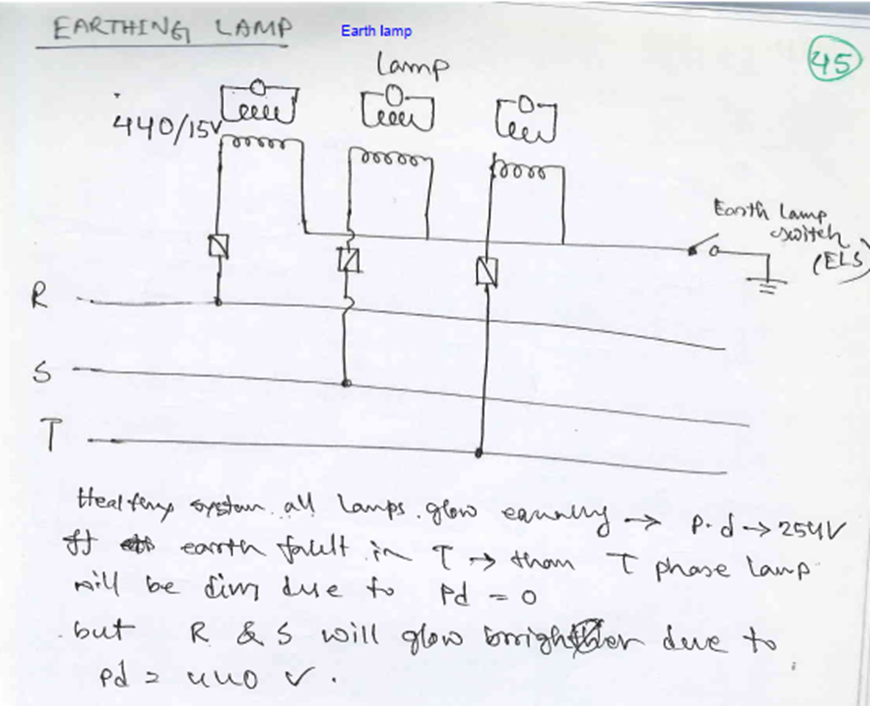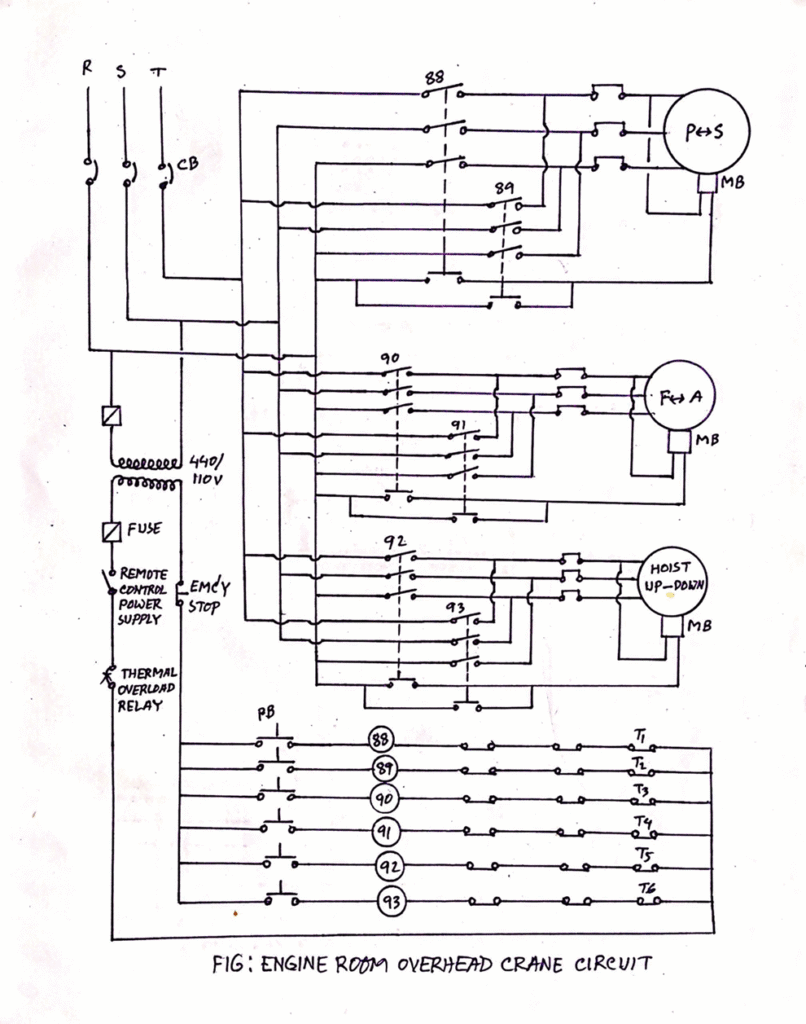.Single Phasing
Causes:
(1) Due to loose connection in any one phase of the supply system.
(2) Due to loose connection in any one phase of the motor terminal.
(3) Due to open circuit in any one phase of the supply system.
(4) Due to open circuit in any one phase of the motor winding.
(5) Due to short circuit in one phase of the star connected or delta connected motor.
(6) Due to equipment failure of supply system.
(7) One or more, out of the 3 back up fuse blows or fuse wire melts (if the fuse is of wire type)
(8) A wrong or improper setting of any other protection devices provided on the motor can also lead to single phasing.
How to detect:
(1) Unusual humming noise coming from the motor.
(2) The motor is vibrating at a higher frequency than usual.
(3) The smell of hot or burnt copper
(4) Visible light smoke & fumes from motor casing.
(5) Higher amperage of the motor
Effects:
(1) If the motor is in stopped condition, it can’t be started due to single phasing. Also due to the safety system provided in 3-phase motor to protect it from overheating.
(2) If single phasing occurred while the motor is operating, it will continue to run because of the torque produced by the remaining two phases, which is produced as per the demand by the load. As the remaining two phases are doing additional work, they will be overheated which might result in critical damage to the windings.
(3) It will lead to increase in the current flow 2.4 times the average current value in the remaining two phases.
(4) Single phasing reduces the speed of the motor and its rpm will fluctuate.
(5) Almost all the motor system in the ship has st-by arrangement. If the motor is selected for st-by, with single phasing problem – it will not start in emergency which will lead to failure of the related system.
(6) If the problem is not identified and motor running continues; windings will melt due to overheating or can lead to short circuit or earthing.
(7) In such condition, if the crew of the ship comes in contact with the motor, he will get an electrical shock. Which can even be fatal.
(8) It may cause overloading of generator
(9) Abnormal noise and Vibration.
Protection devices:
(1) Electromagnetic overload device.
(2) Thermistor; sends signals to the amplifiers – detects overheat due to over current flow.
(3) Bi metal strips.
(4) Standard motor starter overload protection.
All motors above 500 kW are to be provided with protection devices or equipment to prevent any damage due to single phasing. But this rule doesn’t apply to the motor of steering gear system of the ship.
Only an alarm will be sounded for detection of the single phasing.
But the motor will not stop as the continuous operation of S/G system is essential for safety & propulsion of the ship.
Especially when the vessel is in congested waters or under maneuvering.

